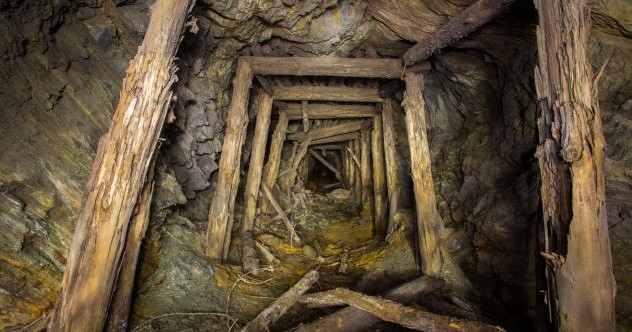Now Reading: 10 Unexpected Impacts of Tourism on Historic Sites
-
01
10 Unexpected Impacts of Tourism on Historic Sites
10 Unexpected Impacts of Tourism on Historic Sites

Rapid Summary
- Historic sites under threat: Damage caused by visitors too global heritage sites poses risks to preservation efforts. Actions range from theft and vandalism to unintentional harm.
- Activities causing damage:
– Giant’s Causeway: Tourists jam coins into rock gaps,leading to rust-induced erosion and costly cleanup ($40,000).
– Colosseum in Rome: Graffiti carving persists despite strict fines (€965) and prison threats for defacing the ancient amphitheater.
– Bruges cobblestones: An estimated 50-70 stones stolen monthly, creating hazards and reducing the city’s charm.
– Great Wall of China bricks: Villagers historically used bricks for homes; theft and erosion contribute to ~30% loss over time.
– Arizona Petrified Forest wood: effective messaging reduced theft amid yearly losses. Miscommunication initially exacerbated theft levels.
– Kukulkan Pyramid in Mexico: Climbing ban enforced due to structural wear; violators face local backlash or prison sentences (10 years max).
– Juliet statue in Verona: Tourists rubbing breasts for luck caused holes twice on newer versions of the statue within decades.
– Ulm Minster church walls (Germany): Human urine linked with sandstone erosion; fines doubled but ineffective prevention recorded.
– Herculaneum pigeon droppings (Italy): Acidic waste damaging structures mitigated through hawk-patrolling initiatives since mid-2000s.
– Lascaux cave paintings replica (France): Real site closed since visitor humidity threatened prehistoric artwork preservation.Read More
Indian Opinion Analysis
This article sheds light on how actions-whether deliberate or negligent-by visitors are endangering fragile historic monuments globally-a pattern relevant as India grapples with similar challenges at its World heritage-listed sites like Taj Mahal or Ajanta-Ellora Caves. Tourism undeniably contributes economically, yet balancing preservation against expanding accessibility remains imperative.
The lessons here underline India’s need for stricter visitor guidelines, informed awareness drives about conservation stakes, reinforced penalties on vandalism/theft deterrence measures alongside a review toward alternate non-touchpoint experiences preserving artifacts indirectly akin replicatory Cave displayed-model applications mimicking France’s measures outdoors pathways/routes.-























